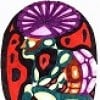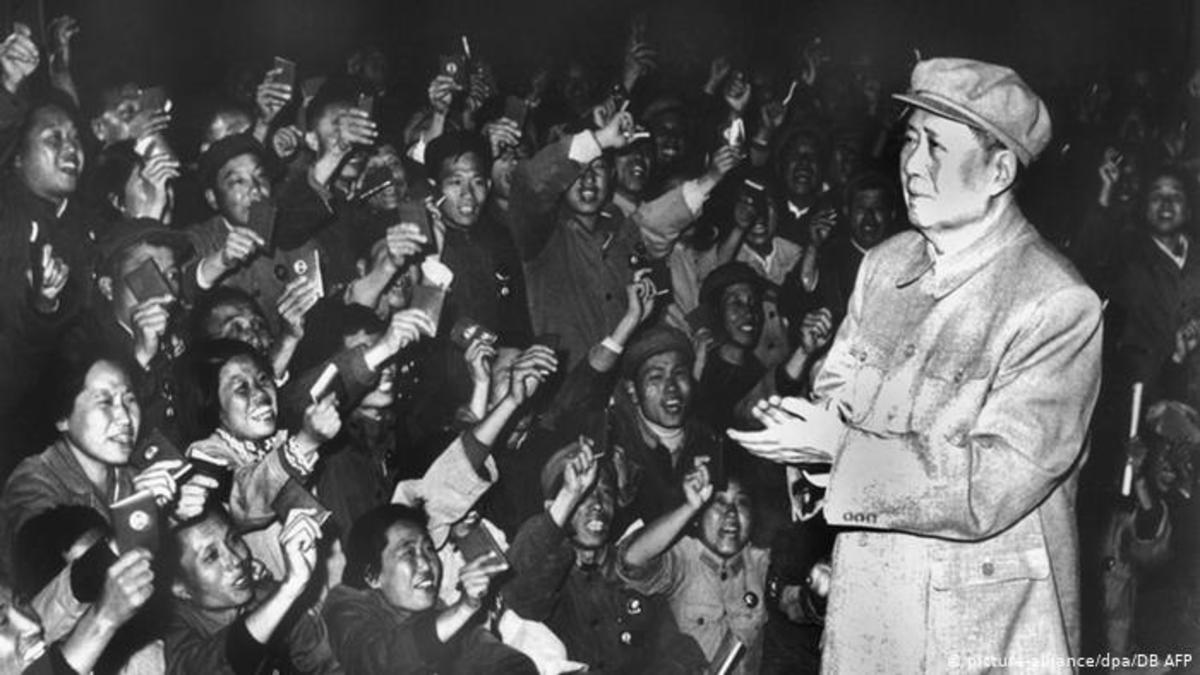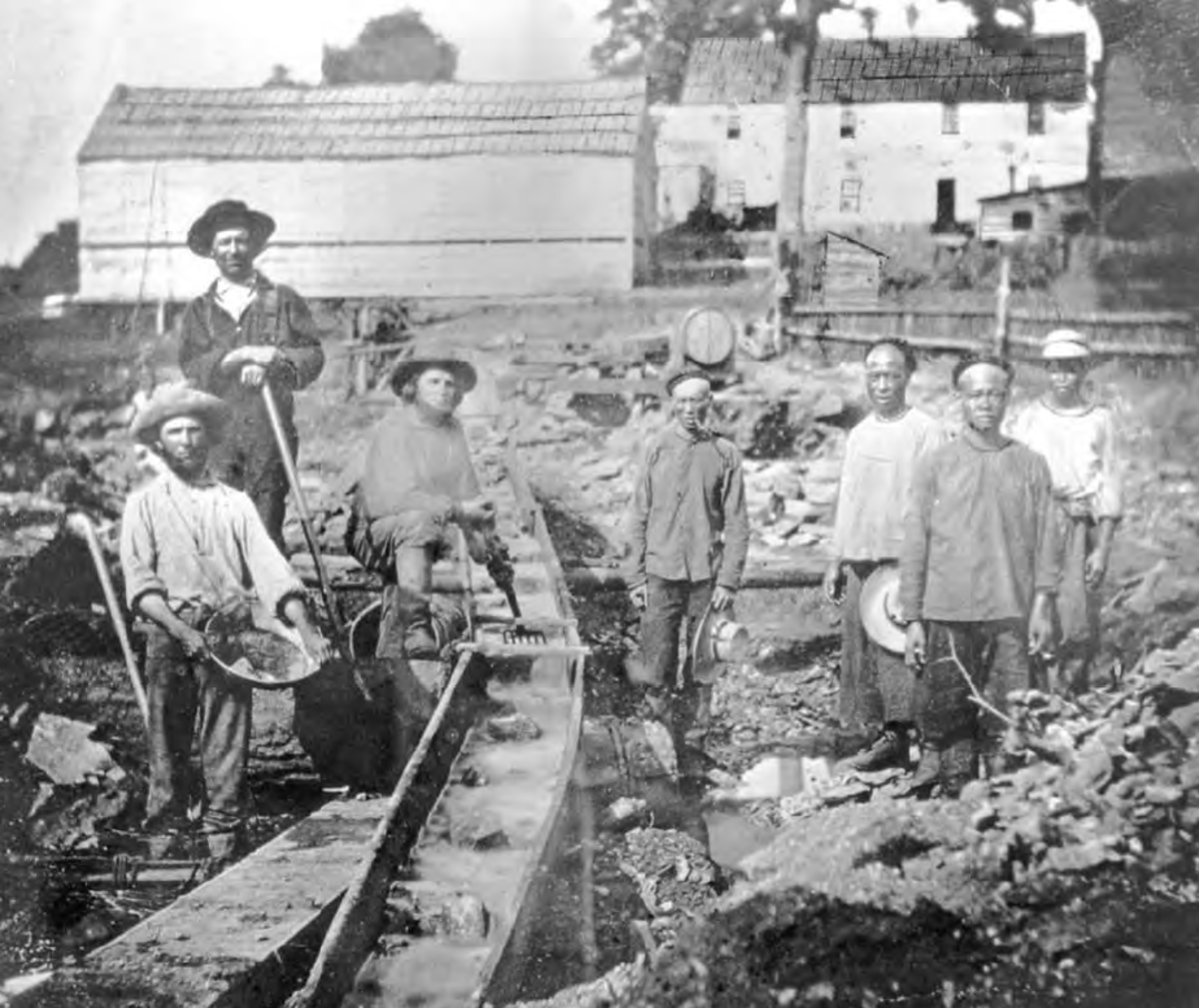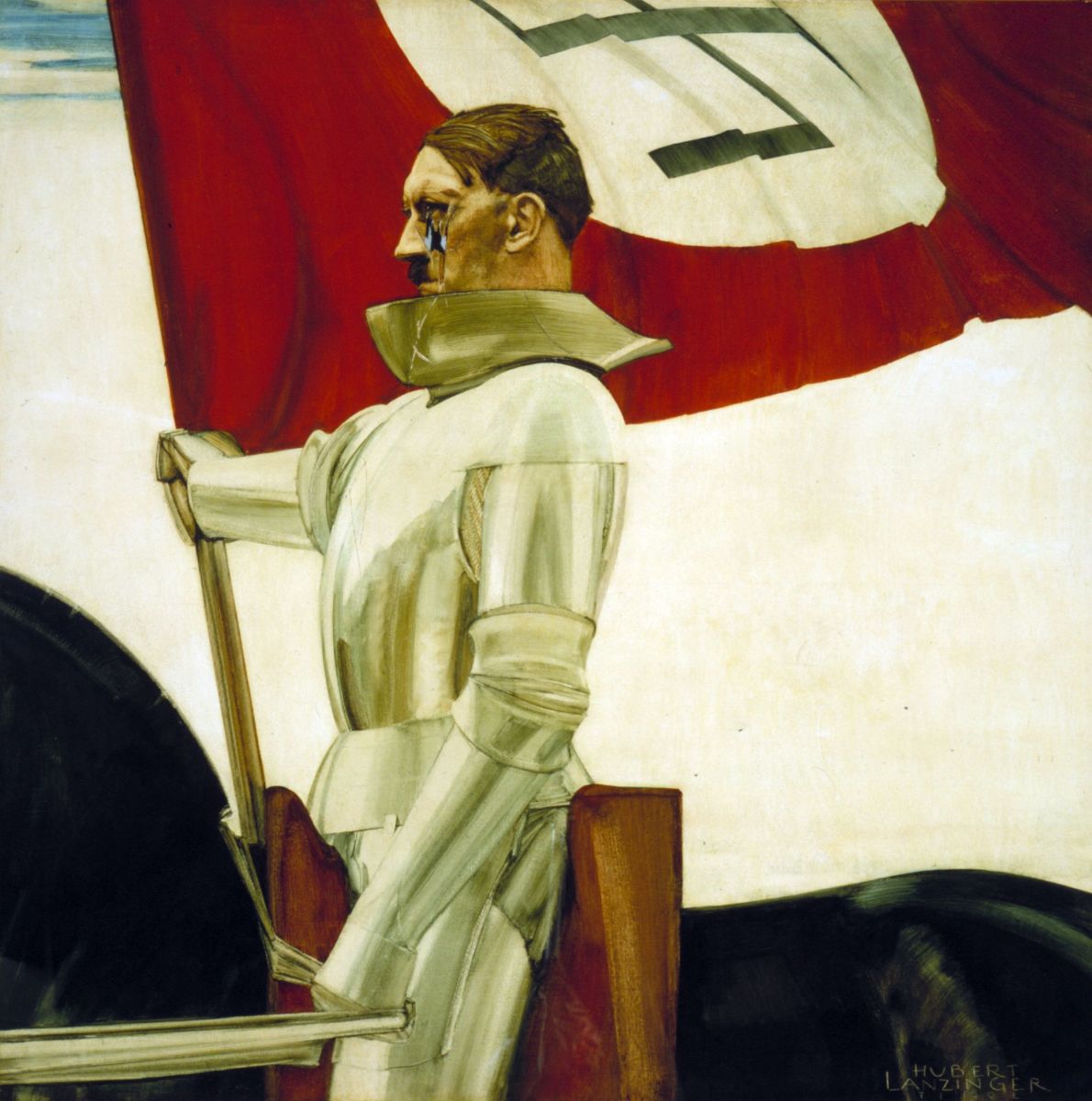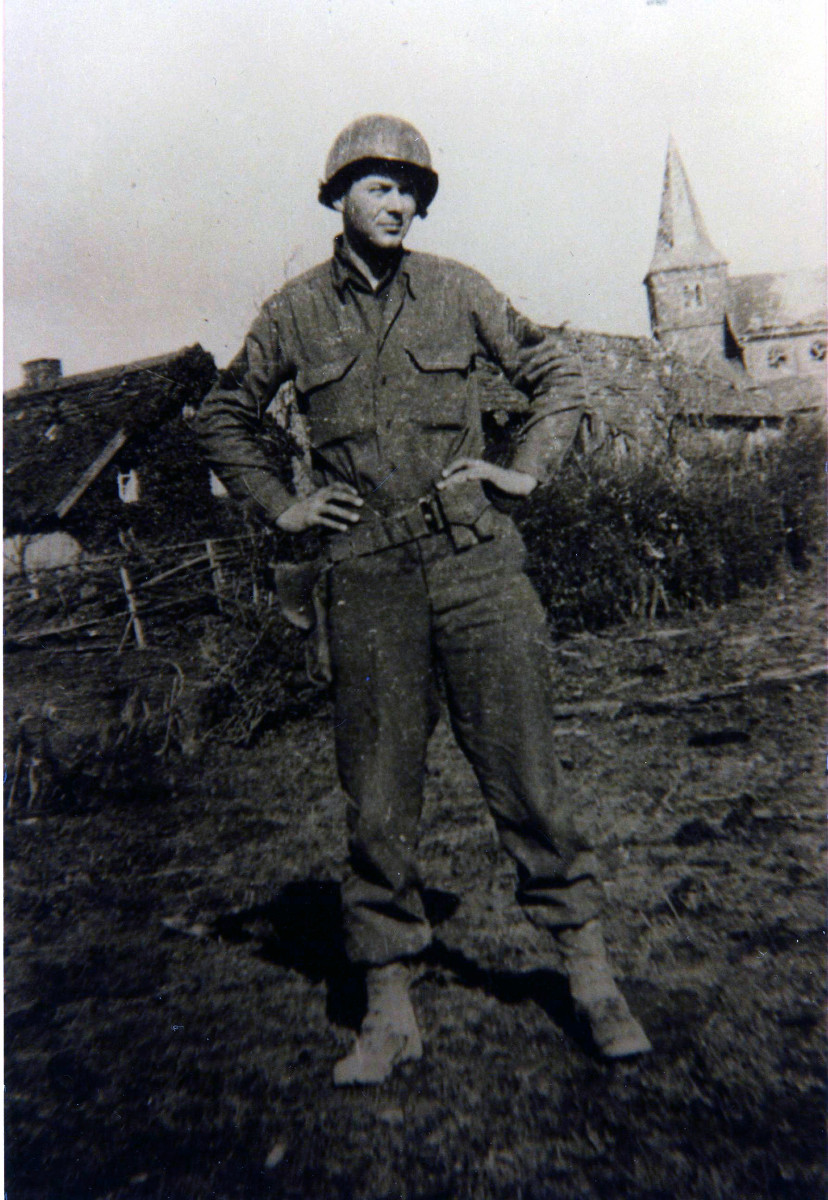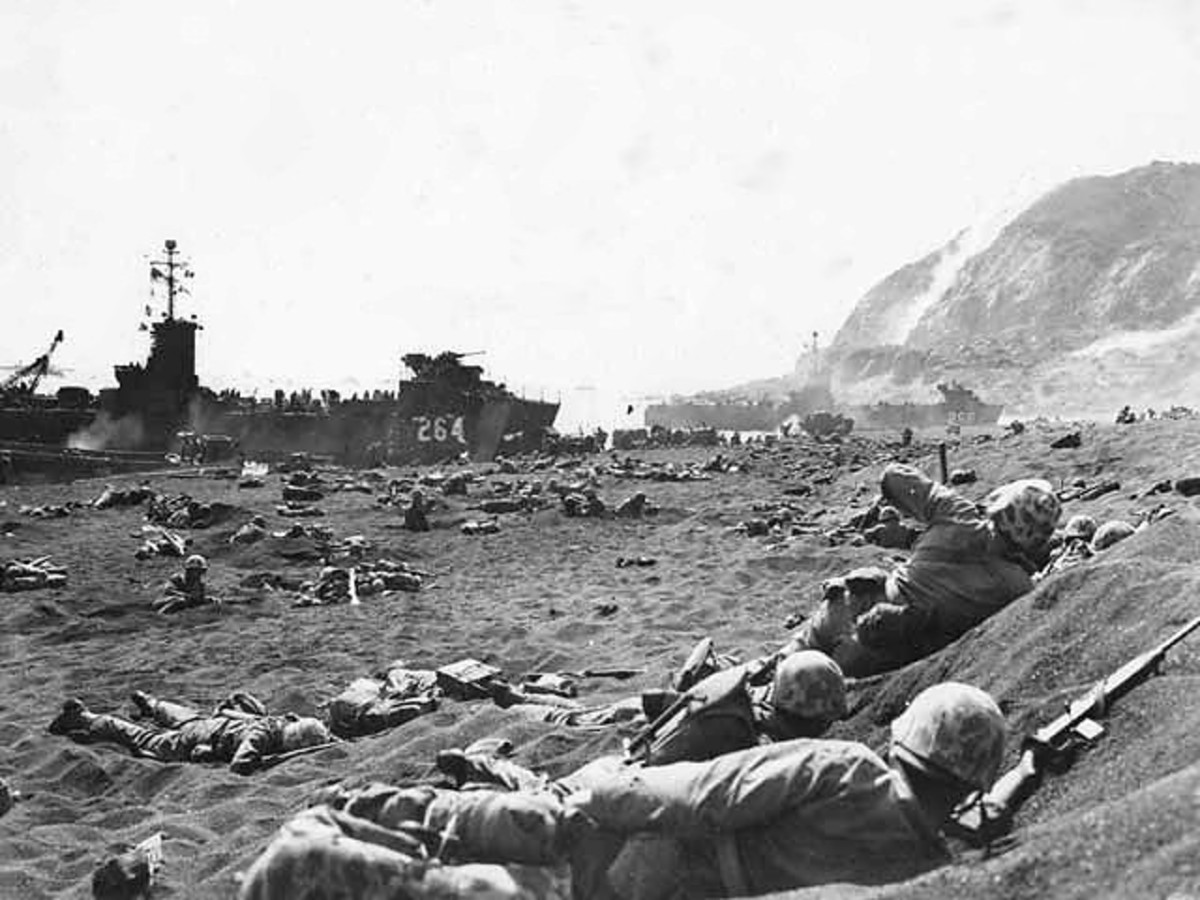- HubPages»
- Education and Science»
- History & Archaeology»
- History of the Modern Era»
- Twentieth Century History
Madame Chiang Kai-shek
Madame Chiang was invited to speak in front of both houses of the U.S. Congress in 1943. She was the first Asian woman to do so up till then and there has been no other Asian women offered the same privilege to this day. Madame Chiang spoke in fluent English with an authoritative voice that mesmerized and impressed everyone in both Houses. Who was this regal lady from China? In china’s 5000 years of history, it was the more intriguing and unthinkable when the followings were considered:
1) Woman’s role was decreed to be in the home only.
2) There was no female public official with the exception of Empress Wu who ruled the country for a brief time in the Tang dynasty period.
3) Woman was not allowed to get formal education.
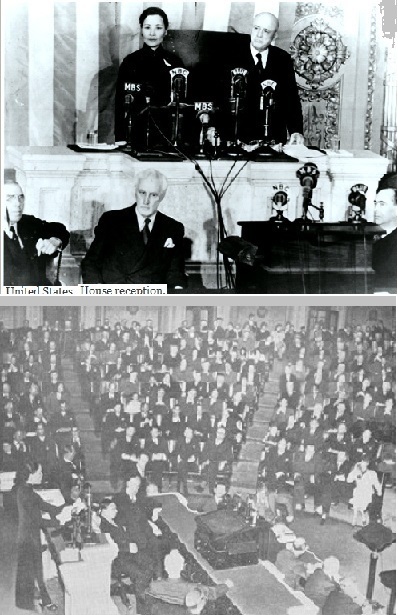
Early Years
Madame Chiang was born in 1897 as Soong Mei-Ling to a well-to-do progressive Christian family. She had two elder sisters, one elder brother, and two younger brothers. When Miss Soong was 11 years old, her preacher- businessman father sent her and her middle sister to schools in the United States. She later attended and graduated from the Wellesley College, MA with a degree in English literature. In 1917, Miss Soong decided to go back to China and wanted to make it a strong and modern nation like the U.S. She realized that she had to rely on a man with influential power in order to fulfill her ambitions. At the time, her oldest sister was married to Dr. Sun Yat-sen, a revolutionary and political leader who was instrumental in overthrowing the Qing dynasty. So, Miss Soong had a lot of chances to meet important persons. In one of the occasions, Miss Soong met Chiang Kai-shek who was a trusted confidant of Dr. Sun in 1920. Miss Soong found Chiang old and dull but Chiang was overtaken by her beauty, good manner, and outspokenness. Chiang pursued Miss Soong relentlessly. In 1927, when Chiang was appointed the commander-in-chief of the Northern Campaign to unify China and became heir-apparent to Dr. Sun, Miss Soong finally agreed to the marriage on the conditions that he divorced his wife and converted to Christianity. Chiang accepted both conditions and they joined in matrimony that year.
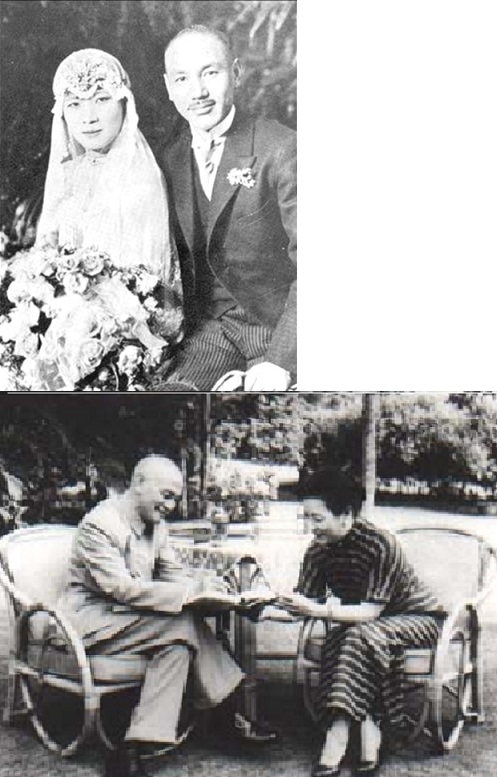
The Marriage
After the marriage, Miss Soong became known as Madame Chiang. On the surface, the marriage would not seem to last. Chiang was a military man educated and brought up in the traditional Confucius teachings and environment. He expected discipline and obedience from his wife who should stay home and take care of family matters. Madame Chiang was a liberated woman educated and brought up with the western thinking and ideals. She believed that man and woman were equal and wanted to help her husband to change China. One thing that worked in Madame Chiang’s favor was that her middle sister married to one of the richest man, Mr. Kung. With the desperately needed financial backing, commander-in-chief Chiang designated as Dr. Sun’s heir-apparent was able to solidify his undisputed leadership in the Nationalist party (Kuo Ming Tang, KMT) as well as the newly created army from the Whampoa Military Academy .
After Qing dynasty was overthrown in a revolution in 1911, Dr. Sun was not able to establish the republic government for lack of military support. The country was in disarray as the remnants of Qing government’s ineffectual military became warlords occupying various territories. So in 1924, Dr. Sun set up the Whampoa Military Academy in the south to train a new breed of soldiers based on his Three Principles of the People . The soldiers were taught not only the latest combat weaponry and strategies but also discipline, obedience, and the ideal of achieving a unified and strong republic of China. Chiang was appointed the principal of the academy. After Dr. Sun died in 1925, Chiang assumed leadership and led the new army on a campaign to eradicate all the warlords and succeeded in unifying the country in 1928.
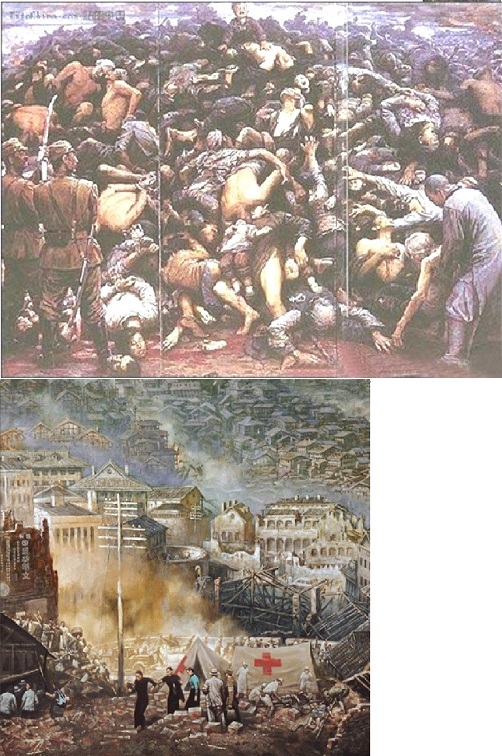
Japanese Invasion
Japan became a world power after adopting sweeping political and economical changes brought about by the West’s Industrial Revolution in 1867. It took advantage of a weak and ineffectual Qing government and started to forcibly occupy China’s north-eastern territories. Sensing that with a unified China under the leadership of Chiang, China would soon be too strong to be pushed around. So, in 1937, Japan launched a full scale offensive aiming at conquering and annihilating China within 3 months. Chiang’s government lacking air and naval infrastructures, with limited and out-of-dated weapons for its army, put up 8 years of determined and unyielding resistance against the Japanese:
1) Atrocities and massacres on a scale not less than what the Germans did to the Jews.
2) Bombings of major cities relentlessly for 5 years on a scale comparable to what the Germans inflicted on the Great Britain.
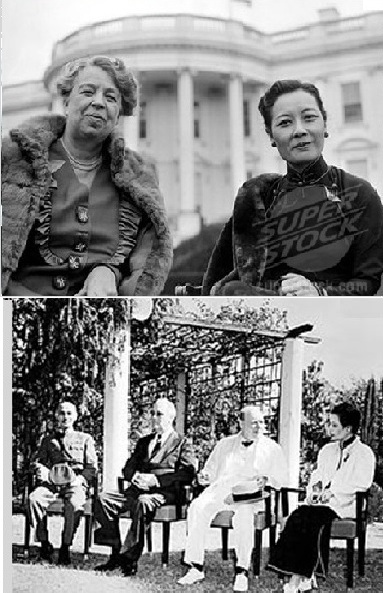
But, it was what Madame Chiang did during the time that China fought for its survival that made her one of the most mentioned persons at the time. She was admired in the same world stage as Roosevelt, Churchill, MacArthur, Eisenhower, and Stalin.
1) She used her connections in the United States to obtain airplanes and trainings desperate needed for China’s fledgling Air Force.
2) She created special schools and facilities to take care of the orphans left behind when their parents died in the war.
3) She organized the wives of high ranking officials to help out with the soldier’s uniforms and as nurses to treat the wounded.
4) In 1943 February, she went to the United States to plead for sympathy and aids for the war. She met the Roosevelt’s and was invited to address both Houses of the U.S. Congress.
5) In 1943 November, she accompanied her husband to attend the Yalta conference in Cairo with Roosevelt and Churchill . She not only acted as an interpreter for Chiang but also impressed Churchill with her charms and diplomatic skills.
Later Years
After the defeat of Chiang’s government at the hands of the Communists, Chiang’s government retreated and relocated to Taiwan in 1950. With the United States’ economical and military aids, Madame Chiang continued her anti-communist efforts as well as her involvement in improving Taiwan’s social and health issues. After Chiang died in 1975, she decided to live a quiet life in the United States studying Chinese painting. Occasionally, concerning that Taiwan’s politics was wavering away from Dr. Sun’s Three Principles of the People, Madame Chiang would issue statements reminding the people of its significance. In 2003, she passed away at 106 year old in New York. She and Chiang had no children of their own.
